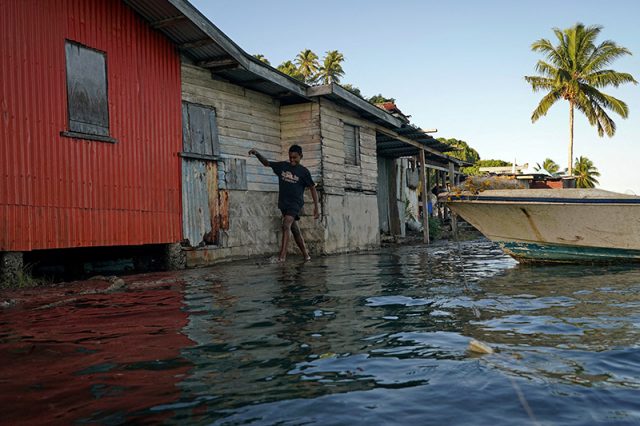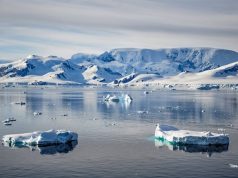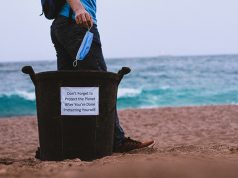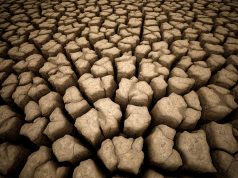
WASHINGTON — When countries adopt a global fund for climate disaster losses and damages at this year’s U.N. climate conference, the U.S. will be arguing to efficiently limit its use, said U.S. officials giving a first glimpse of how Washington is seeking to shape the new fund.
With wealthy nations slow to deliver $100 billion annually to help countries reduce emissions and adapt to a warmer world, poorer nations successfully demanded at last year’s COP27 climate summit separate funding for loss and damage, including a dedicated fund, which countries will adopt this year.
In climate negotiations, “loss and damage” refers to existing costs incurred from climate-fueled weather impacts, such last year’s devastating Pakistan flooding.
The new Loss and Damage fund should target the most vulnerable countries and focus on areas not already covered by development banks or emergency relief funds, two U.S. State Department officials told Reuters.
The U.S. is part of a 24-country committee deciding how the fund will work before the COP28 climate summit in Dubai can officially adopt it this year. The committee will meet again next week in the Dominican Republic.
“We don’t really want redundancy with existing funds, because that’s not an effective and efficient way to deal with the issue,” said Sue Biniaz, deputy special envoy for climate at the State Department, in an exclusive interview.
Instead, she said, the new fund should develop an expertise “as opposed to covering everything in the universe.”
The U.S. had wanted a two-year process to analyze funding gaps before launching a fund, but it went along with the COP27 consensus for action this year, Biniaz said.
At the committee’s last meeting in July, the U.S. proposed focusing the fund on covering slow-onset events such as sea level rise and desertification, as such needs can fall through the funding cracks, said Christina Chan, managing director for adaptation at the State Department and U.S. representative on the committee.
She said the U.S. also suggested the fund be used for post-disaster reconstruction if a country needs more beyond eligible development bank grants.
The U.S. position on loss and damage has evolved in recent years, from a point at which Washington and the EU resisted even discussing the issue for fear of legal liability for historic emissions.
Both voted to approve new funding arrangements under the condition that the fund not be about liability for rich countries and compensation.
Biniaz said she “violently opposes” arguments by some countries and environmental groups that developed countries have a legal obligation to pay into the fund.
Nonprofit Action Aid has said, for example, that the 1992 U.N. Framework Convention on Climate Change implies this obligation with the idea that industrialized nations responsible for emitting most of the carbon dioxide in the atmosphere over the last century should do more to address climate change.
“That’s just completely inaccurate,” she said on whether developed countries are liable, adding that the 2015 Paris Agreement did not include such an obligation.
Instead, both Washington and Brussels say the fund should be filled from myriad sources including industry taxes, philanthropic donations or other schemes. Biniaz said one example might be revenues from the U.S.-proposed carbon reduction accelerator.
The U.S. and EU have also said a big economy like China could contribute. Biniaz said this came up during recent bilateral meetings with China, but she did not offer more details.
Other negotiators and officials have proposed ideas including creating new revenue streams through taxing environmental pollution, such as methane emissions or shipping pollution and windfall profits from oil and gas.
“We need to have a global system with a broad contribution heavily weighted to the richest people to make the biggest contribution,” said Avinash Persaud, special finance envoy to Prime Minister Mia Mottley of Barbados.
This could mean that some emerging economies would contribute if they continue with polluting practices. With many national budgets strained, Persaud said the idea of taxing emissions was gaining popularity in some countries.
Another sticking point likely to emerge is who should benefit from a fund, with disagreement over which countries are most vulnerable
“It’s very difficult to create a straight cut dividing eligible and noneligible,” said Dileimy Orzoco, senior policy advisor at climate advisory group E3G.
The world’s least developed nations want the fund to be limited to the neediest nations. Others worry that such a narrow definition will leave out some of the worst hit by climate impacts, such as middle-income countries like Pakistan or the Philippines.
— Reporting by Valerie Volcovici; editing by Katy Daigle and Josie Kao









